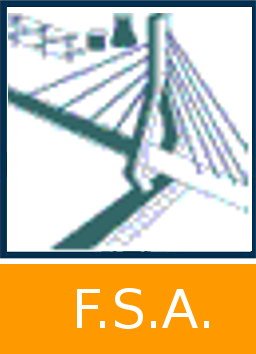Computer vision for improving the drone state estimate
Fonder, Michaël 
Promoteur(s) :
Van Droogenbroeck, Marc 
Date de soutenance : 27-jui-2016/28-jui-2016 • URL permanente : http://hdl.handle.net/2268.2/1523
Détails
| Titre : | Computer vision for improving the drone state estimate |
| Auteur : | Fonder, Michaël 
|
| Date de soutenance : | 27-jui-2016/28-jui-2016 |
| Promoteur(s) : | Van Droogenbroeck, Marc 
|
| Membre(s) du jury : | Boigelot, Bernard 
Verly, Jacques 
Eschenauer, Laurent |
| Langue : | Anglais |
| Nombre de pages : | 68 |
| Mots-clés : | [en] computer vision [en] drone [en] UAV [en] visual odometry [en] MSCKF [en] Multi State Constraints Kalman Filter |
| Discipline(s) : | Ingénierie, informatique & technologie > Ingénierie électrique & électronique |
| Commentaire : | We provide our code at the following URL : https://github.com/michael-fonder/fonder_thesis-2016/ |
| Public cible : | Chercheurs Professionnels du domaine Etudiants |
| URL complémentaire : | https://github.com/michael-fonder/fonder_thesis-2016/ |
| Institution(s) : | Université de Liège, Liège, Belgique |
| Diplôme : | Master en ingénieur civil électricien, à finalité approfondie |
| Faculté : | Mémoires de la Faculté des Sciences appliquées |
Résumé
[en] The drone industry is currently experiencing a fast-paced development which leads to the creation of multitude of various products. An emerging trend is the search of increased smartness and autonomy of the machines. A prerequisite for this quest of autonomy is however the need of having a robust and reliable state estimate over time. In this Master Thesis, we explore different possibilities of achieving this in real-time by using an on-board mounted camera in pair with other sensors for the Fleye, a drone developed by Aerobot. More specifically, we focus our attention on the Multi-State Constraints Kalman Filter for which we provide a detailed explanation and an implementation designed for the Fleye. The strength of this filter resides in its relatively good computational efficiency compared to its alternatives and in its ability to deal with some hardware uncertainties such as an approximative knowledge of the relative position of the different sensors. A method developed to generate synthetic data allowing to test the performance of visual-inertial odometry algorithms is presented in this work. Performance tests made on synthetic and experimental data show that the implemented filter is consistent but still requires further improvements in order to compete with current state-of-the-art solutions.
Fichier(s)
Document(s)

 thesis_fonder.pdf
thesis_fonder.pdf
Description: Appendices included in this file
Taille: 9.13 MB
Format: Adobe PDF
Annexe(s)

 thesis-summary.pdf
thesis-summary.pdf
Description:
Taille: 126.29 kB
Format: Adobe PDF

 algorithm-overview.pdf
algorithm-overview.pdf
Description: Flowchart of the algorithm implemented for this thesis
Taille: 310.21 kB
Format: Adobe PDF
Citer ce mémoire
L'Université de Liège ne garantit pas la qualité scientifique de ces travaux d'étudiants ni l'exactitude de l'ensemble des informations qu'ils contiennent.


 Master Thesis Online
Master Thesis Online




